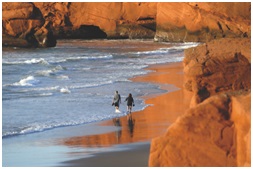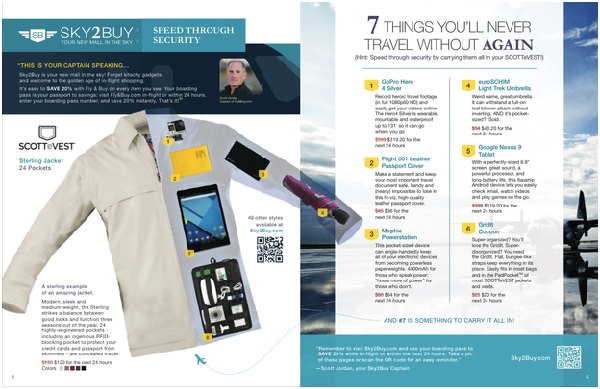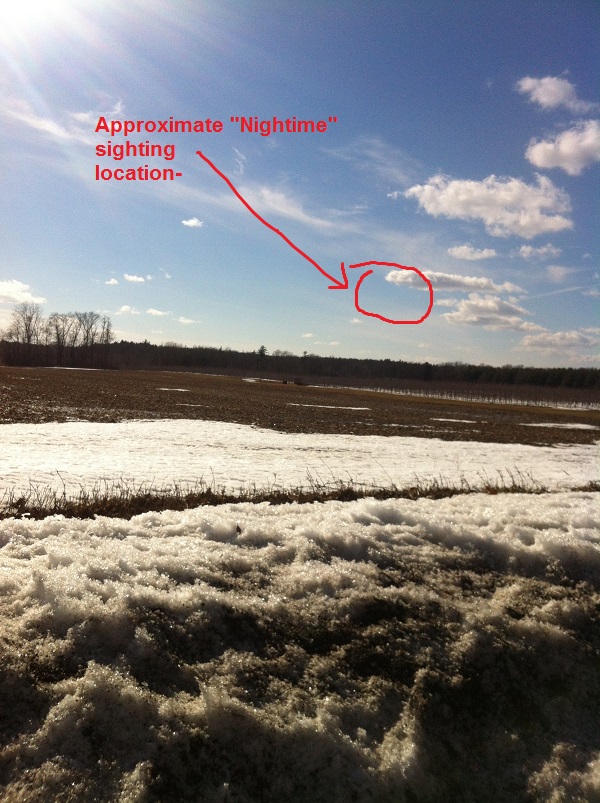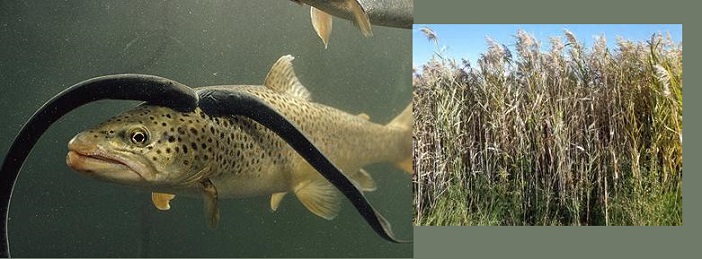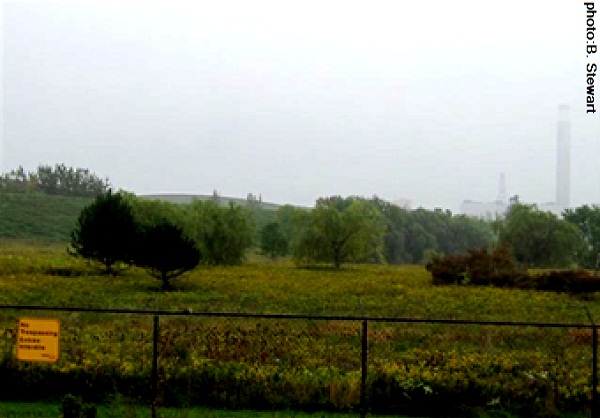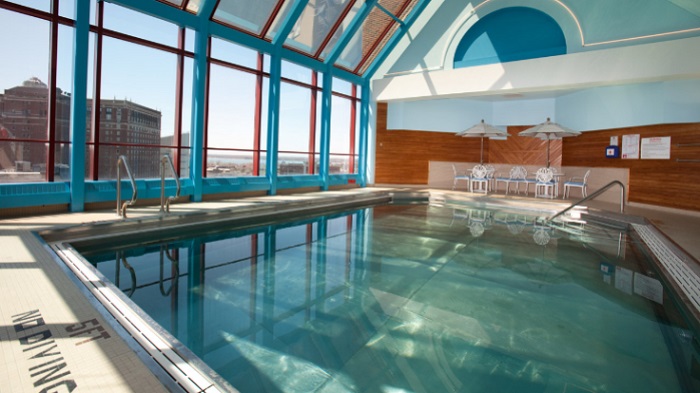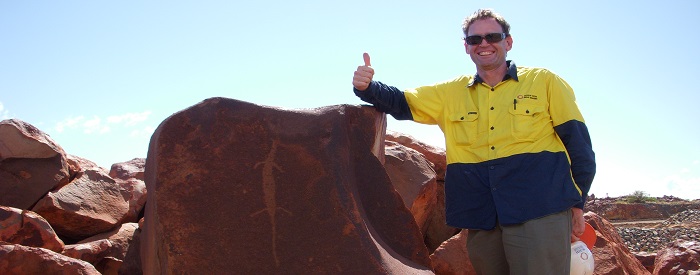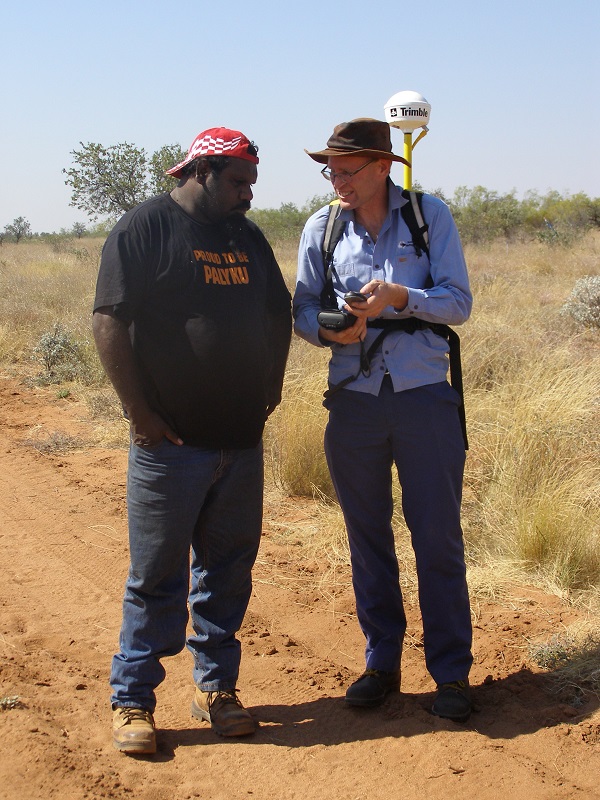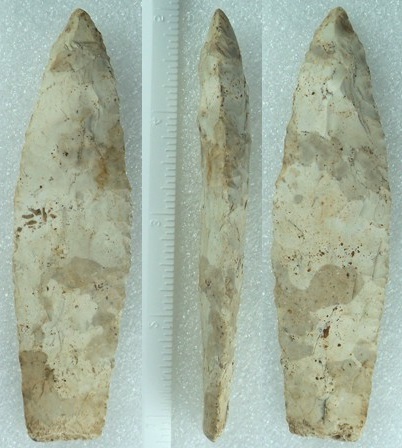Traveling with kids can be challenging, especially when restricted by a tight budget. As families begin to reevaluate their own homes and hometowns, they are discovering that what they once took for granted can be a huge destination for someone else. Providing travelers with the additional comfort of bedrooms for each family member, a kitchen, garden, pool, toys, bikes and more, a family home away from home can be the perfect base camp to explore a region.
The list below includes 12 family-friendly homes available this summer for families looking to discover the world via HomeExchange:
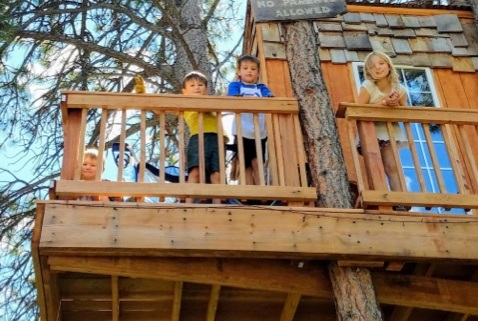
USA – Colorado – Evergreen
Nestled in the foothills of the Colorado Rockies, this beautiful home is within driving distance of Denver, ski mountains, and Evergreen Lake which is best known for its all-season recreational activities such as boating, fishing, and birding. Bordered by mountain parks with miles of trails for hiking, biking and horseback riding, the home is equipped with bunk beds, toys, and video games for young children. A Jeep Wrangler and a Kia Sorento are also available for exchange.

Thailand – Phuket
The ultimate in discreet luxury and privacy, this villa comes outfitted with an ocean-facing spa and “concierge.” Overlooking Surin Beach, and only a few steps from two of Phuket’s top beaches, families can enjoy picturesque sunset views over the Andaman Sea in between horse and elephant rides.

Mexico – Manzanillo
Outfitted with a vast collection of Mexican folk art, this Mexican style three-bedroom home overlooks the Pacific Ocean. Miles of beaches with balmy ocean breezes and warm water year-round, Manzanillo is widely known as the sea fishing capital of the world. The house is about two miles from the great beach of Santiago Bay where house guests will be treated to a beach club membership.

France – Seignosse
This large Basque Landes-style house is located right on the beach. The five bedroom home boasts several terraces and is located less than two miles from the seaside town of Hossegor. The area is internationally renowned for its Atlantic surf spots and gastronomy, as well as golfing, surfing, and cycling.

USA – California – Santa Monica
Vibrant both inside and out, this ocean view four-bedroom house is full of light. Situated in a quiet neighborhood of Santa Monica, families will have easy access to shopping, restaurants, bike paths, and the beach. For families looking to venture further into the state of California, a Ford Expedition that can fit up to eight passengers is included in the exchange!

United Kingdom – London
Nestled on a quiet residential road in the middle of East London, this spacious Victorian family home has a lovely garden and plenty of toys for children. The vibrant neighborhood is only a bus ride or train away from Central London.

Australia – Kingscliff
Beachfront luxury on the magical Gold Coast, one hour from Brisbane City. With miles of beach, bicycle tracks, and local restaurants within a two-minute walk, this home is a perfect holiday for families.
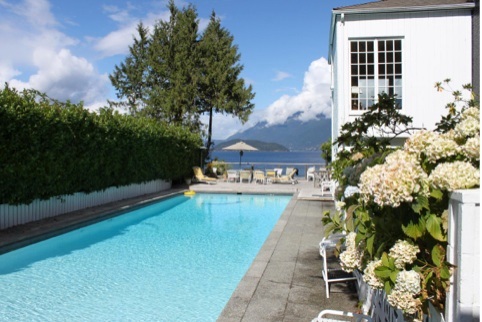
Canada – West Vancouver
This waterfront seven bedroom villa with beach access, a private deck, spacious swimming pool, boats, and three cars are all located within a half hour drive from downtown Vancouver and mere minutes from parks, mountains, shopping, and restaurants.
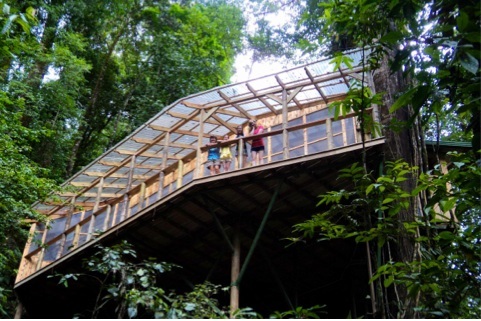
Costa Rica – Puntarenas
This literal treehouse is situated in the canopy of the jungle that National Geographic called “the most bio-diverse place on earth.” This home is the perfect respite after a day of ziplining, swimming, waterfall hiking, and bird watching. Providing a true sense of adventure and an off-the-grid feel, this abode is free of televisions, hair dryers, and internet access.

Ireland – Stradbally
A kid-friendly home located one-hour away from Dublin, this modern home comes with a separate nanny studio in the garden, swings, slide, playroom, and lots of toys and bicycles. Nearby historic castles, beautiful woodlands, an equestrian center in Stradbally, a fishing lake and a championship golf course designed by golf legend Steve Ballesteros make this a must-stay neighborhood.

South Africa – Cape Town
This golf course estate boasting breathtaking views of Table Mountain and modern architect is only 15 minutes away from the city center. With direct beach access to Sunset Beach, the internationally-renowned windsurfing and kitesurfing hotspot of Africa, families will not have to venture far to create lifelong memories.
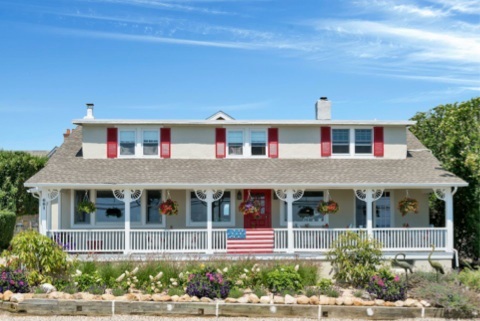
USA – New York – Montauk
Located directly across the street from the ocean, Montauk represents a classic and relaxed old American lifestyle. For those looking to juxtapose their stay with a trip to the bustling city of New York, several means of transport are available to get to Manhattan. Travelers can also opt for a seaplane for a quick forty-five-minute flight into the city.
For the Silo, Alexandra Origet du Cluzeau.
About HomeExchange Founded by Ed Kushins, a pioneer of the “collaborative consumption” movement, HomeExchange has facilitated over one million home swaps since 1992. “It was the inspiration for the still popular 2006 movie “The Holiday” starring Cameron Diaz, Kate Winslet and Jude Law. In 2016, 67,000 HomeExchange members made 135,000 home swaps across 150 countries. HomeExchange makes it easy to plan and enjoy a home exchange vacation and offers travelers a memorable, authentic experience. Last year, it was awarded “Best Site for Booking Your Stay” by USA Today readers.








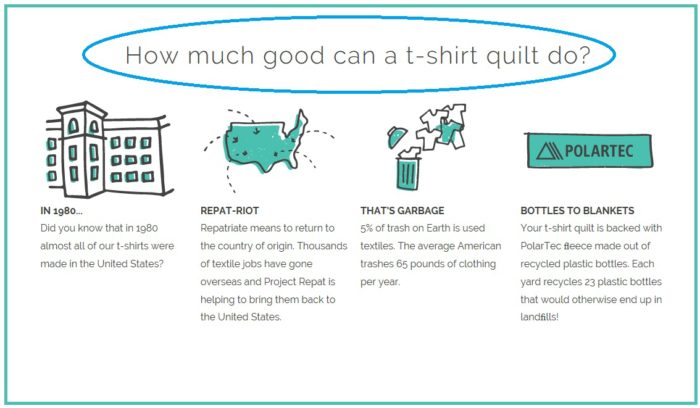
 Gazelle
Gazelle  Violet Love
Violet Love
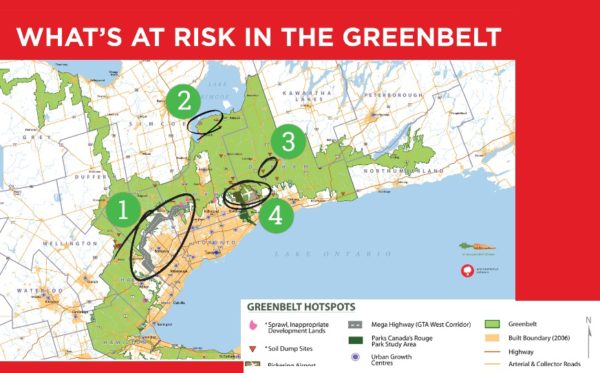

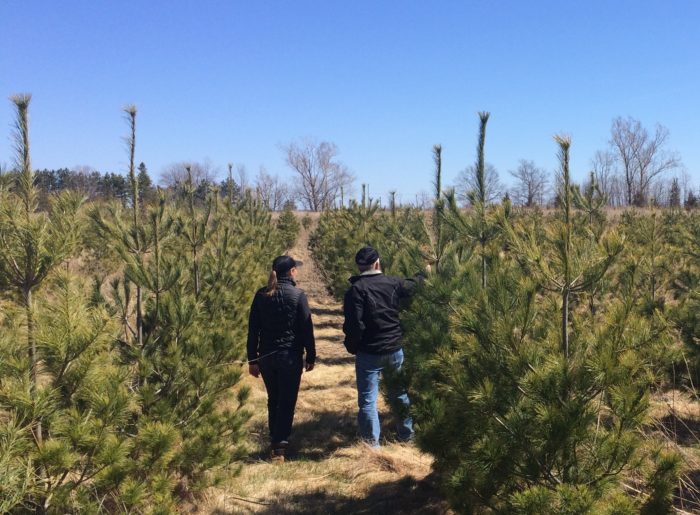
 Spring is for new ideas. Do you have idle land or extra acreage that could be enhanced? Planting trees is an excellent way to add value to your property and has never been easier. If you have 2.5 acres or more of open land, you may be eligible for the 50 Million Tree Program, and the trees are planted for you!
Spring is for new ideas. Do you have idle land or extra acreage that could be enhanced? Planting trees is an excellent way to add value to your property and has never been easier. If you have 2.5 acres or more of open land, you may be eligible for the 50 Million Tree Program, and the trees are planted for you!
 About Forests Ontario
About Forests Ontario






 Travelers are increasingly seeking exclusive and regionally-authentic itineraries that cater to small groups. Tour companies like Fort Washington, Pennsylvania-based
Travelers are increasingly seeking exclusive and regionally-authentic itineraries that cater to small groups. Tour companies like Fort Washington, Pennsylvania-based  According to luxury travel agent Sandy Webb who books elite vacations all over the world “private villa residences offering first class, one-of-a-kind services are ushering in an entirely new era of bespoke hospitality around the globe. They are, in fact, single handedly setting a new and decidedly elevated standard for luxe travel worldwide.”
According to luxury travel agent Sandy Webb who books elite vacations all over the world “private villa residences offering first class, one-of-a-kind services are ushering in an entirely new era of bespoke hospitality around the globe. They are, in fact, single handedly setting a new and decidedly elevated standard for luxe travel worldwide.” According to Sergey Petrossov, founder and CEO of
According to Sergey Petrossov, founder and CEO of  Artificial Intelligence (AI) is another tech trend that will continue to evolve at a rapid pace. According to
Artificial Intelligence (AI) is another tech trend that will continue to evolve at a rapid pace. According to  Travel is tough enough in the best of circumstances and is all-too-often replete with challenges. From crowded freeways, overbooked flights, Wi-Fi downtime and generally not having necessary items at hand, getting from point A to point B can be fraught with more than its fair share of frustrations. Not surprisingly, technologists have responded with problem-solving gadgets and gear that exemplify tremendous innovation and ingenuity both in concept and execution. One glowing example of this is the
Travel is tough enough in the best of circumstances and is all-too-often replete with challenges. From crowded freeways, overbooked flights, Wi-Fi downtime and generally not having necessary items at hand, getting from point A to point B can be fraught with more than its fair share of frustrations. Not surprisingly, technologists have responded with problem-solving gadgets and gear that exemplify tremendous innovation and ingenuity both in concept and execution. One glowing example of this is the  About the author: Branding, business and entrepreneurship success pundit, Merilee Kern, MBA, is an influential media voice and lauded communications strategist. As the Executive Editor and Producer of “The Luxe List International News Syndicate,” she’s a revered consumer product trends expert and travel industry voice of authority who spotlights noteworthy marketplace change makers, movers and shakers. Merilee may be reached online at
About the author: Branding, business and entrepreneurship success pundit, Merilee Kern, MBA, is an influential media voice and lauded communications strategist. As the Executive Editor and Producer of “The Luxe List International News Syndicate,” she’s a revered consumer product trends expert and travel industry voice of authority who spotlights noteworthy marketplace change makers, movers and shakers. Merilee may be reached online at 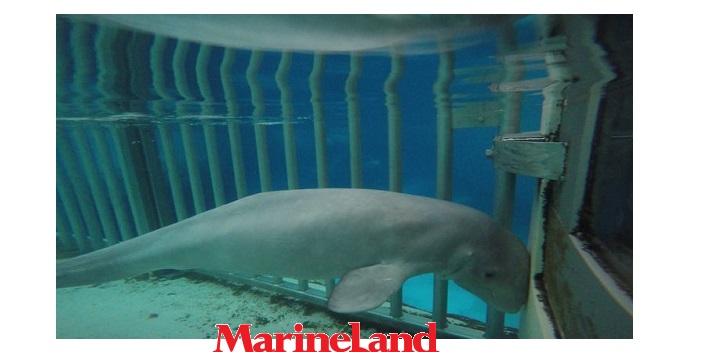

 The list was selected from over 60 facilities from southern Canada to Mexico where almost 1,000 whales and dolphins are held captive for public display. “Forcing an orca to live in solitary confinement while hoarding so many beluga whales is Marineland’s tragic dichotomy, and a horrific example of cetacean captivity. It plumbs the depths in its exploitation of intelligent and sensitive animals,” said In Defense of Animals President, Dr. Marilyn Kroplick. “Even with the most modern technology, veterinary care, and infrastructure, cetaceans still suffer intensely in captivity and exhibit surprisingly high mortality rates.Please help protect dolphins and whales in the wild where they belong, by pledging to never visit facilities that imprison them.”
The list was selected from over 60 facilities from southern Canada to Mexico where almost 1,000 whales and dolphins are held captive for public display. “Forcing an orca to live in solitary confinement while hoarding so many beluga whales is Marineland’s tragic dichotomy, and a horrific example of cetacean captivity. It plumbs the depths in its exploitation of intelligent and sensitive animals,” said In Defense of Animals President, Dr. Marilyn Kroplick. “Even with the most modern technology, veterinary care, and infrastructure, cetaceans still suffer intensely in captivity and exhibit surprisingly high mortality rates.Please help protect dolphins and whales in the wild where they belong, by pledging to never visit facilities that imprison them.”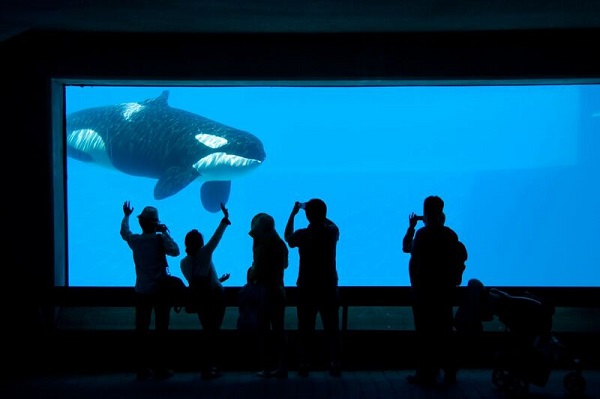
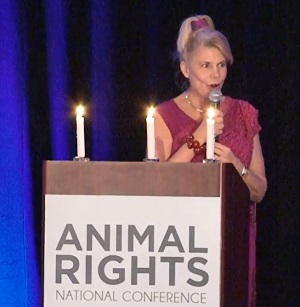



 It’s been 35 years since Save the Manatee Club was created by Jimmy Buffett, the renowned singer/songwriter, and former Florida Governor and U.S. Senator, Bob Graham, to raise public awareness about the threats to manatees and their aquatic habitat. With support from you, we can continue to make a big difference.
It’s been 35 years since Save the Manatee Club was created by Jimmy Buffett, the renowned singer/songwriter, and former Florida Governor and U.S. Senator, Bob Graham, to raise public awareness about the threats to manatees and their aquatic habitat. With support from you, we can continue to make a big difference.
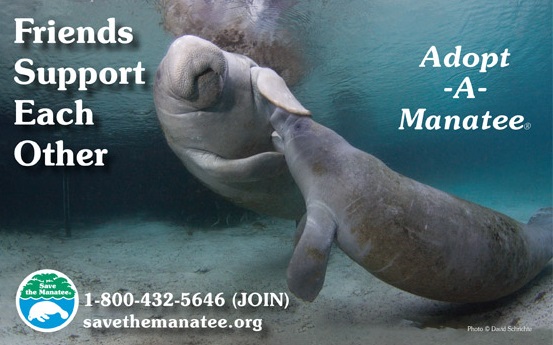 The manatee has been listed as an endangered species since 1966.
The manatee has been listed as an endangered species since 1966.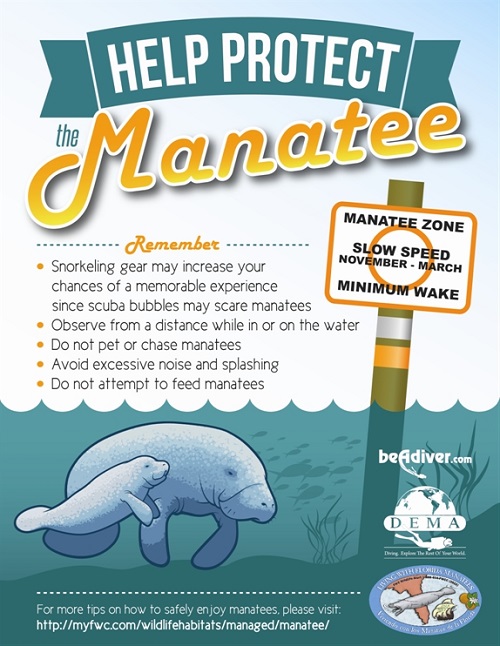 Buchanan has previously written to the Fish and Wildlife Service to emphasize that any push to weaken protections for the manatee would be “misguided and premature.” In 2014, following a three-year period in which 1,600 manatees died of cold weather or red tide, Buchanan called on FWS to maintain federal protections for manatees.
Buchanan has previously written to the Fish and Wildlife Service to emphasize that any push to weaken protections for the manatee would be “misguided and premature.” In 2014, following a three-year period in which 1,600 manatees died of cold weather or red tide, Buchanan called on FWS to maintain federal protections for manatees.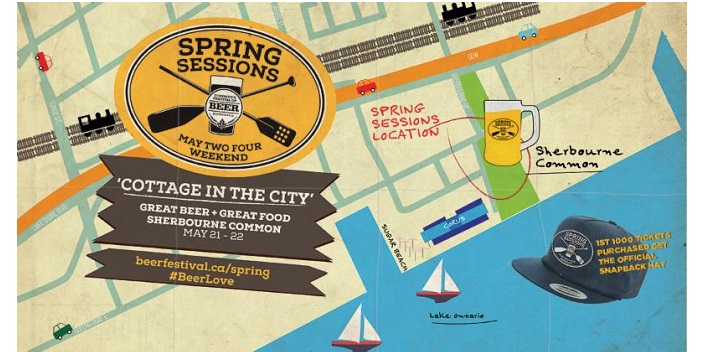
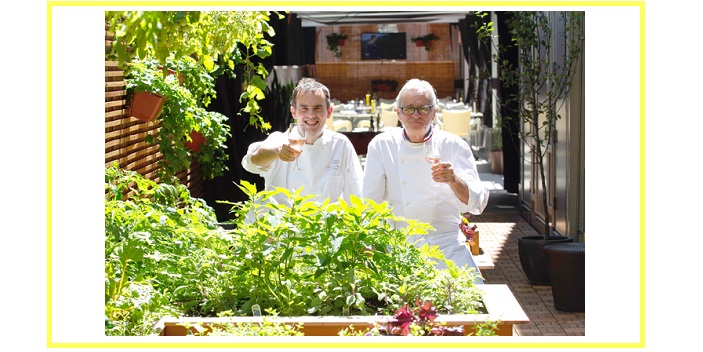











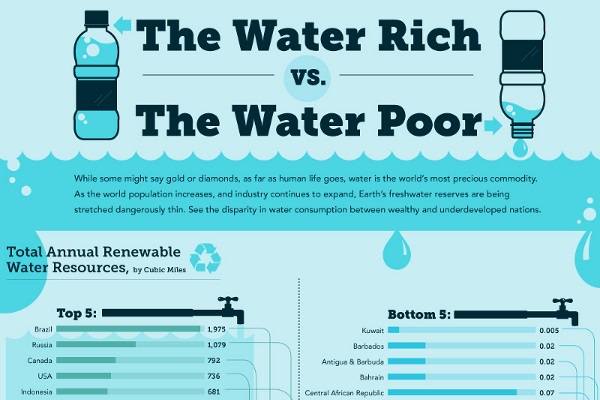



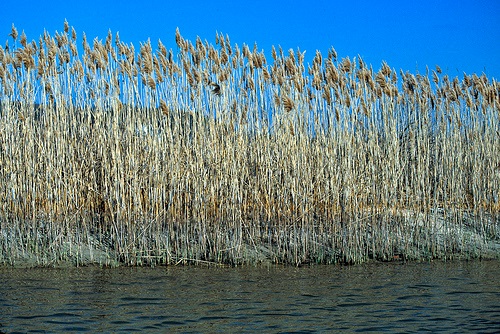


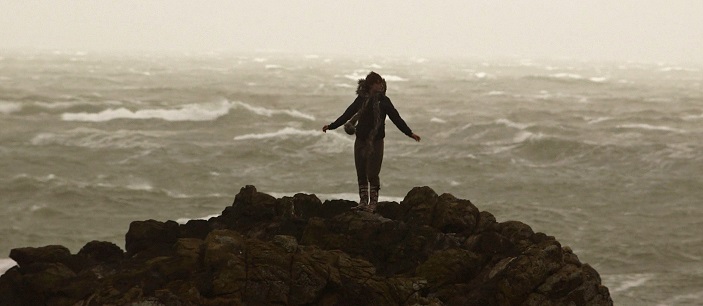
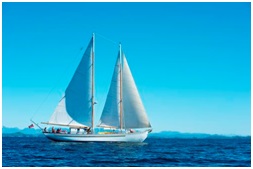
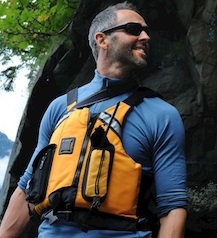
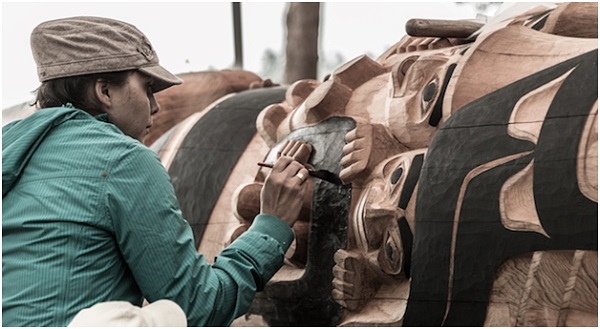
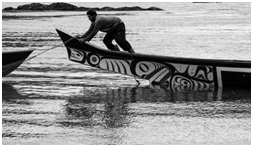

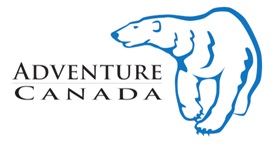
 “It is a great privilege to be included in National Geographic Traveler’s 50 Tours of a Lifetime in 2015,” said Cedar Swan, CEO of Adventure Canada. “We’ve worked hard to curate an incredible team that will enhance the rich natural landscape and history that played such a key role in formation of Canada. We’re thrilled to help shine the spotlight on Quebec’s Maritime region and we look forward to connecting our guests to the people, culture, and natural wonders of this region for years to come.”
“It is a great privilege to be included in National Geographic Traveler’s 50 Tours of a Lifetime in 2015,” said Cedar Swan, CEO of Adventure Canada. “We’ve worked hard to curate an incredible team that will enhance the rich natural landscape and history that played such a key role in formation of Canada. We’re thrilled to help shine the spotlight on Quebec’s Maritime region and we look forward to connecting our guests to the people, culture, and natural wonders of this region for years to come.”